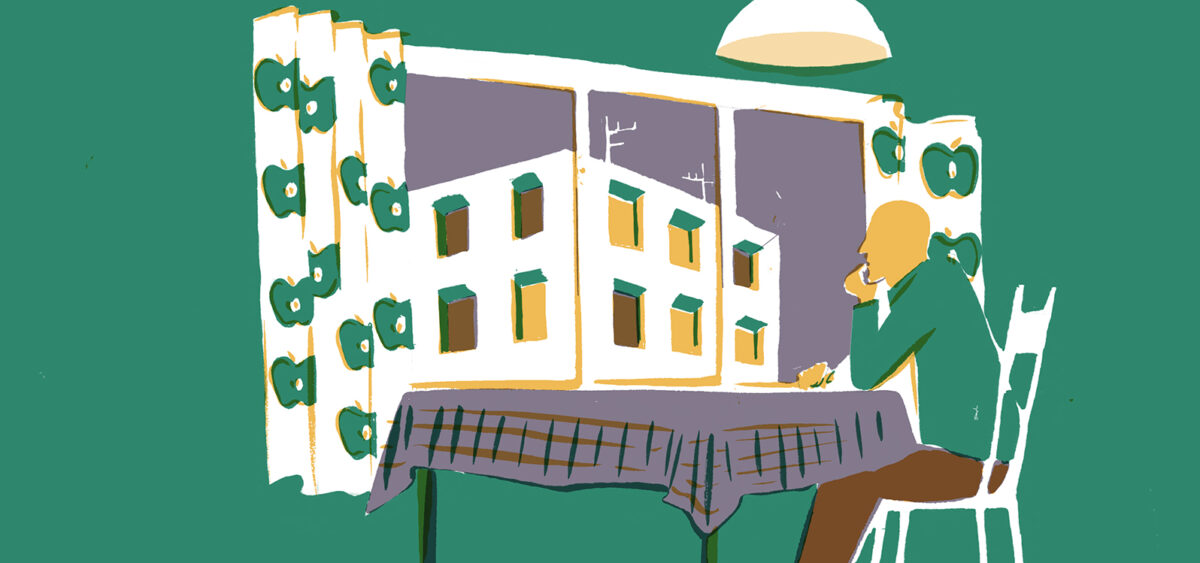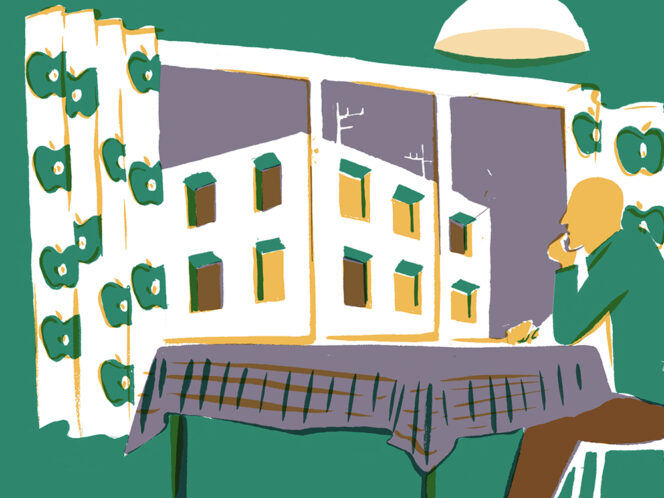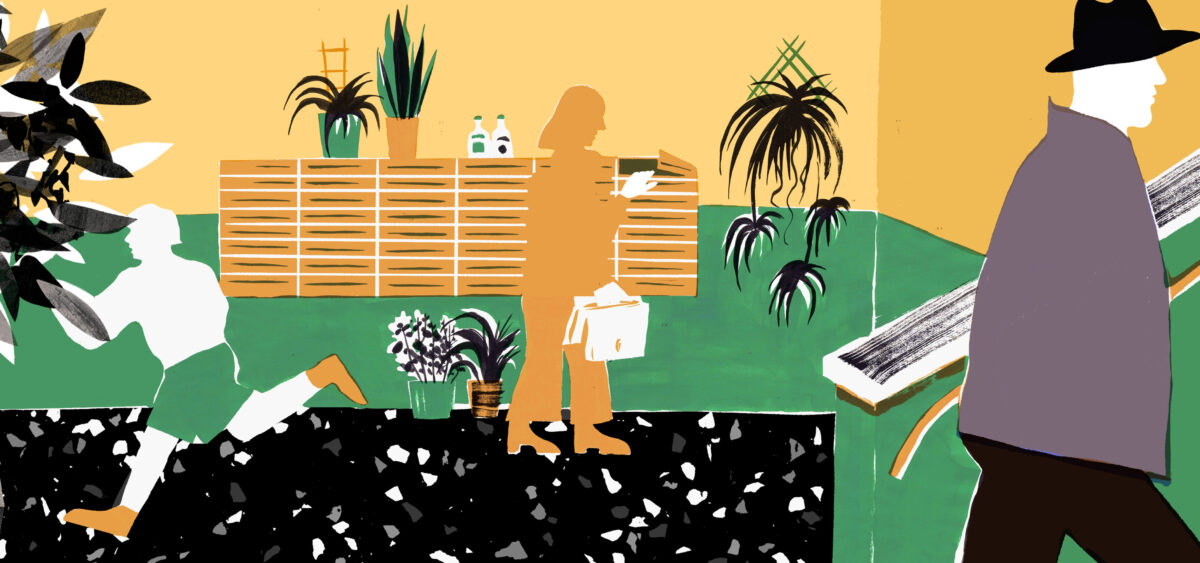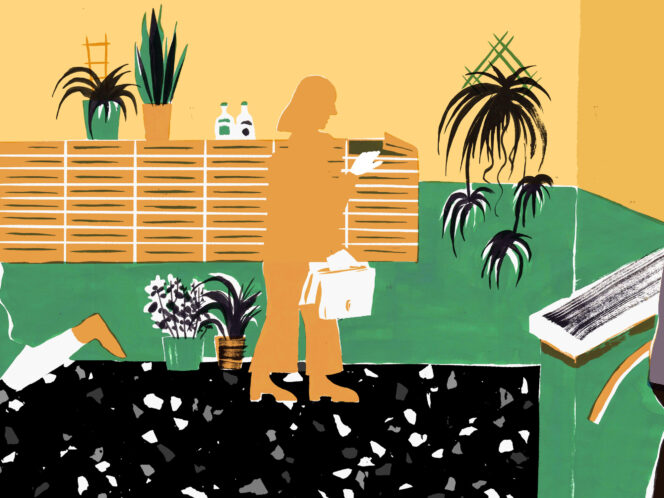
Over the years, Polish blocks of flats have developed a specific infrastructure of carpet hangers, dilapidated playgrounds, mud puddles so deep they could gobble down a car, infamous dumpsters, and thickets, in which many of us smoked our first cigarettes and experienced our first kisses. The architectural landscape of such blocks, with their variety of subcultures depending on the location of the buildings, their size, the neighbourhood, year of construction and many other factors, has also created less obvious, sociologically niche phenomena that many of us do not know existed.
Not all tower blocks were inhabited, so to speak, with the conventional one family per flat. There existed








